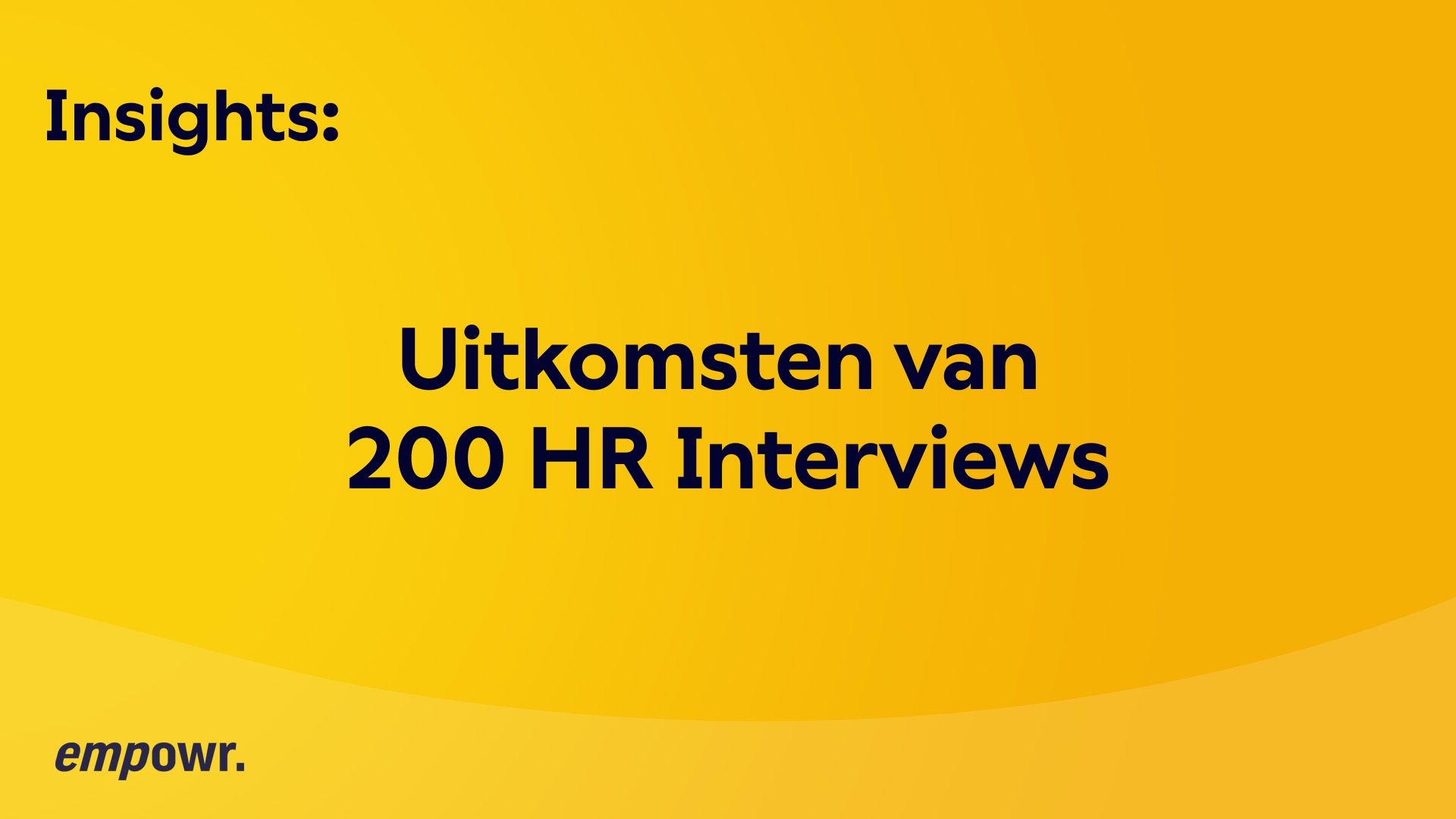Pink Absenteeism: The hidden challenge for HR and how to approach it
Why pink absenteeism deserves more attention.
Many organizations focus on reducing absenteeism, but there is one form of absenteeism that often goes unnoticed: pink absenteeism. This phenomenon, where employees are physically present but mentally exhausted or absent, can be a silent cost for companies and place a heavy burden on employee well-being. Pink absenteeism requires a proactive approach from HR to not only reduce the numbers, but also to keep the work environment really healthy and vital. How do you recognize it, and what can you do to address pink absenteeism? Let us delve deeper into the crux of this problem.
1. What is pink absenteeism and what are the risks?
Pink absenteeism refers to situations where employees are present at work but are actually unable to function properly. They are there physically but lack the energy, focus, or motivation to work effectively. Employees often choose this option out of a sense of responsibility or fear of being seen as “weak”. While these employees may think they're doing their team or employer a favor by attending, they're actually unable to perform at their best.
The consequences of pink absenteeism go beyond just a temporary dip in productivity. When employees are not mentally charged and motivated, they become exhausted more quickly, which can lead to long-term failure. This pattern is extra worrying because pink absenteeism is often a precursor to more serious mental absenteeism.
Example: Imagine that an employee has just gone through a difficult personal situation, such as a loss or divorce. They decide to come to work anyway, out of loyalty to the team or because they're afraid of being seen as unprofessional. However, this employee does not have the emotional energy to perform optimally, which not only leads to loss of productivity but also increases the risk of long-term absenteeism.
Supporting figures: Research by the Dutch Center for Occupational Diseases (2021) shows that approximately 25% of long-term dropouts due to psychological complaints occur from untreated pink absenteeism. This shows that it is important to take pink absenteeism seriously and to intervene in time.
2. How do I report pink absenteeism?
Pink absenteeism is difficult to recognize because employees are physically present and the signals are often subtle. However, there are specific signs that HR can look out for. Often, managers and HR professionals notice changes in behavior and work performance, such as a decline in productivity, less engagement, and employees withdrawing from social interactions or meetings.
Signs of pink absenteeism:
- Decreased productivity: Employees who normally perform well but suddenly make mistakes more often or miss deadlines may have mental complaints that affect their performance.
- Emotional distance: Employees who are closed off and are less likely to participate in team activities or conversations may suffer from stress or mental exhaustion.
- Increase in physical symptoms: Long-term mental stress can manifest itself in physical symptoms such as headache, fatigue or muscle pain, so that the employee is present but not fully employable.
Example: An employee who was always accurate and punctual starts making more and more careless mistakes and regularly misses team meetings. This behavior may be an indication of mental overload. By proactively talking and providing support as an HR, you can prevent further escalation and possible long-term absenteeism.
3. Effective strategies for tackling pink absenteeism:
Tackling pink absenteeism requires a cultural change within the organization, in which employees feel supported and understood. A successful strategy to prevent and reduce pink absenteeism is a holistic approach that focuses on prevention, intervention and aftercare. Below are some effective ways in which HR can contribute to a healthier work environment.
1. Promote open communication and the ability to discuss mental health. Employees often do not feel safe talking about mental complaints for fear of stigma or negative reactions. By creating a culture where mental health can be discussed, for example by organizing regular check-ins or offering mental resilience training, HR teams can contribute to a safe environment where employees dare to set their limits.
Example: An organization that organises a monthly “mental check-in”, where employees can discuss their stress levels and energy levels, often sees a lower percentage of pink absenteeism. These moments offer employees a safe space to be vulnerable and to identify when they need mental support.
2. Encourage a healthy work-life balance Work-life balance is crucial for the mental well-being of employees. HR can help with this by offering flexible work options, motivating employees to take breaks, and ensuring a realistic workload. This balance can prevent employees from becoming overburdened and ultimately in pink absenteeism.
3. Train managers to recognize and address pink absenteeism Managers play a key role in identifying signs of pink absenteeism. By training managers to recognize these subtle signs, such as decreased engagement or emotional exhaustion, organizations can intervene and provide support in time.
So put pink absenteeism on the agenda!
Pink absenteeism requires attention, understanding and a proactive approach from HR. By discussing the topic and actively investing in the well-being and vitality of employees, pink absenteeism can be reduced and the team can function more energetically and resiliently. Do you think your organization would benefit from a better approach to pink absenteeism? Get in touch for an informal conversation and discover how a sustainable vitality policy can contribute to a healthy and motivated workplace.
.jpg)


